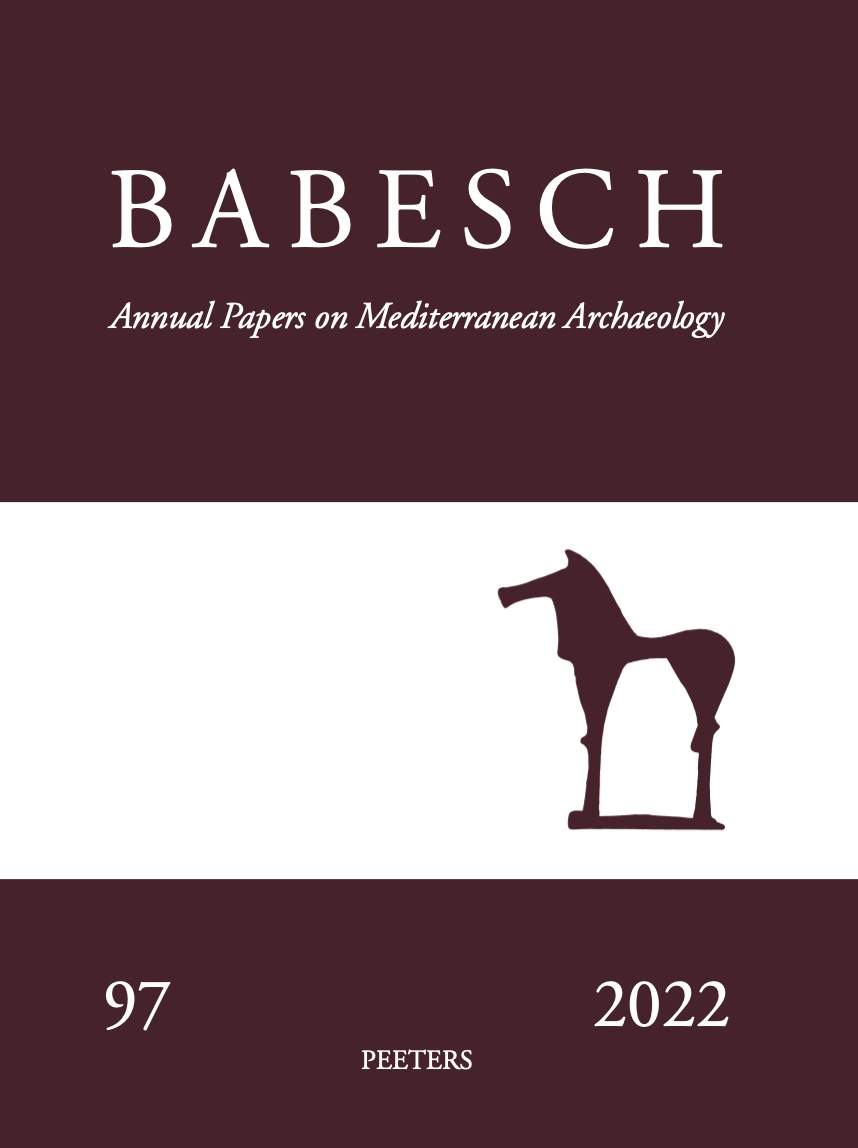 previous article in this issue previous article in this issue | next article in this issue  |

|
Document Details : Title: Romanisation in the Brindisino, Southern Italy Subtitle: A Preliminary Report Author(s): YNTEMA, Douwe Journal: BABESCH Volume: 70 Date: 1995 Pages: 153-177 DOI: 10.2143/BAB.70.0.2002287 Abstract : This paper deals with the Romanisation in the Brindisi area. Here, the term is applied to the integration process which followed the political incorporation of a formerly non-Roman society into the Roman state. An ample series of such regional – usually interrelated – social, economic and cultural transformations resulted in the synthesis which we consider to be the Roman culture of the Imperial period: cultures, already cultural compounds of considerable complexity before they came into close contact with the Roman world, reacted, as it were, with a Roman culture (which was also an amalgam) and produced a vastly different culture, also labelled ‘Roman'. The Romanisation of the Brindisi area (Italian: il Brindisino) was one of the processes that contributed to the formation of the Roman culture of the Imperial period: the cosmopolitan society that brought the Persian god Mithras to the Hadrian's Wall and soldiers from the originally Germanic civitas Batavorum to the brim of the Sahara desert. When the Romanisation of the Brindisi district started in c. 270/260 B.C., Roman culture, therefore, differed very considerably from what it would become in the course of the following three centuries, during which Rome conquered the Mediterranean area and north-western Europe: in the early 3rd century B.C. Rome still was a central-Italic state with central-Italic cultural traditions. |
|
